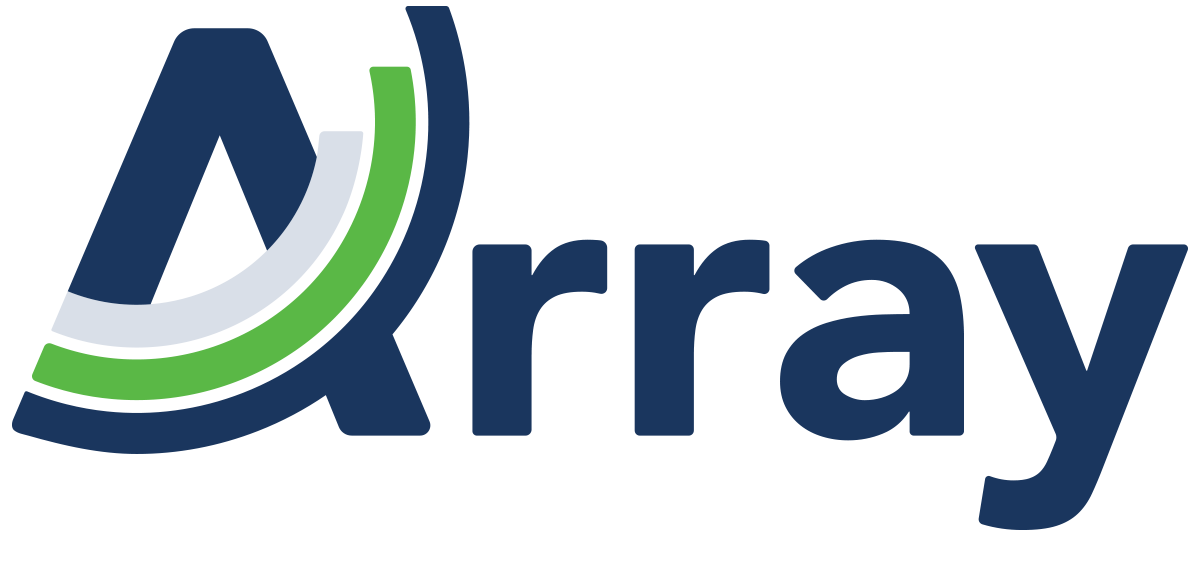ANDA litigation is a high-stakes niche of pharmaceutical law that presents unique challenges not only for lawyers, but also for eDiscovery practitioners.
Here’s why: under the Drug Price Competition and Patent Term Restoration Act (also known as the Hatch-Waxman Act), generic drug manufacturers can file an Amended New Drug Application (ANDA) to produce a patented drug, triggering an infringement provision. The patent holder then has 45 days to decide whether they want to try to settle the case with the generic manufacturer, or file an infringement lawsuit to stop the production of the generic version, which comes with a 30-month stay on generic production but also puts their drug patent at risk of being found unenforceable.
The 45-day window means drug brands have to be in an “almost perpetual state of litigation readiness, as Kenneth L. Dorsney writes in “ANDA Litigation: Strategies and Tactics for Pharmaceutical Patent Litigators”. He adds that “Today’s ANDA litigations are increasingly driven by electronically stored information (ESI), and most brands generate a lot of it. … One of the biggest sources of potential delay is discovery and the production of ESI. Therefore, it is at least as important for generics to have counsel that is familiar with their document management system and that has the capacity and ability to review and produce a large amount of data in a timely fashion.”
Along with understanding your document management system, generic brands can benefit from partnering with an experienced eDiscovery provider who has handled ESI production for ANDA litigation in jurisdictions across the country to avoid missteps and meet deadlines. Here are some examples of the unique timelines, processes, and workflows that the right eDiscovery provider can handle.
ANDA application data
If you’re a generic brand who has been sued for infringement, you will need to produce your ANDA materials to the patent holder as they were submitted to the Food and Drug Administration (FDA). Your ANDA application and supporting materials will need to be processed and then produced in a specific way to ensure that this transmission is preserved.
Experienced eDiscovery providers will have workflows and templates in place to help you preserve the necessary ESI. In addition to templates and workflows specific to ANDA materials and FDA correspondence, the right eDiscovery provider also will have multiple workflows and templates to handle emails and non-ANDA information relevant to your matter. Given your discovery timeline in an ANDA litigation, look for a provider that can accommodate multiple processes and workflows at once. Templates will help get your matter off the ground as soon as conflicts are cleared.
Different jurisdictions, different production formats
Also seek a provider that’s familiar with preparing document productions that will comply with the standard ESI production formats adopted by different jurisdictions. When faced with ANDA litigation, a provider who has experience with matters in multiple venues will be able to tailor your matter productions to the right format without engaging in a costly or lengthy back-and-forth conversation about how to produce ESI.
Be sure to include your eDiscovery provider in any conversations around crafting of an agreed ESI protocol if the parties decide to negotiate a custom format specific to an individual matter. An experienced provider should be able to provide feedback on the technical aspects of a protocol and ensure that any specifications or requested data is reasonable and proportional.
Cost saving opportunities
If your ANDA litigation involves multiple generic manufacturers, you may benefit from pooling resources through a joint defense group (JDG) agreement. The JDG parties may be able to share the costs of hosting the plaintiff’s and other parties’ productions in a single repository, saving everyone time and money.
If your case is stayed, ask your eDiscovery provider about case archiving options like cold storage that may allow you to save money on hosting while the case is dormant, but enable you to bring materials back online quickly once the stay ends and the litigation timeline resumes.
Whatever your ANDA litigation throws at you, the right eDiscovery partner will have the experience to overcome these hurdles.
About Susan Schomburg:
Susan is a passionate eDiscovery Project Manager with over a decade of experience in the legal industry. As a Certified E-Discovery Specialist (CEDS) and Project Management Professional (PMP), Susan brings an analytical approach to her work, constantly seeking innovative ways to leverage technology and optimize the eDiscovery process. As an avid learner and certified professional in various eDiscovery platforms, Susan is dedicated to making technology accessible to legal teams of all skill levels. She finds joy in training and mentoring others, helping them develop their skills and harness the power of legal technology to drive efficiency and cost-effectiveness. Susan aims to empower legal professionals with the knowledge and tools they need to navigate the ever-evolving landscape of legal technology. With a keen eye for detail and a commitment to excellence, Susan continues to explore new ways to streamline processes, optimize workflows, and deliver exceptional results for her clients.
Ready to learn more about how Array can help you navigate the unique challenges of ANDA litigation? Contact our team today for a consultation and discover how our expertise can benefit your case. With Array on your side, you can focus on the legal strategies while we handle the eDiscovery complexities.

